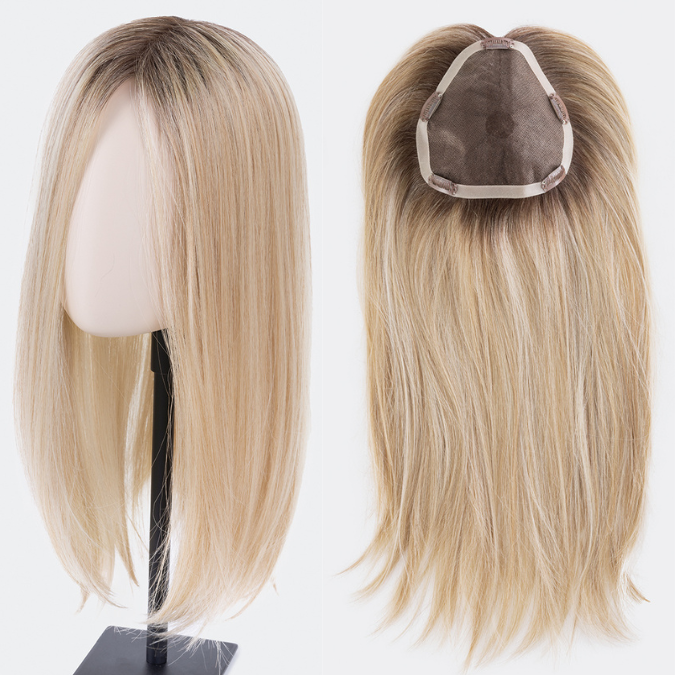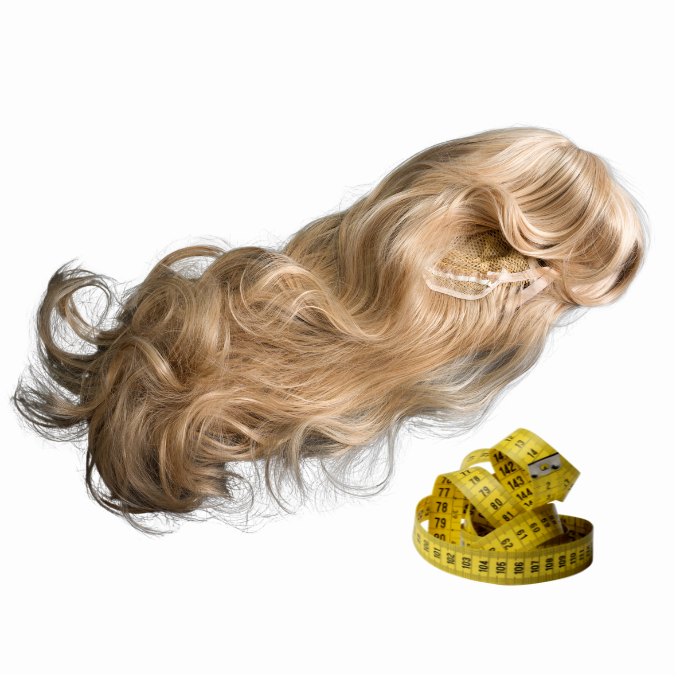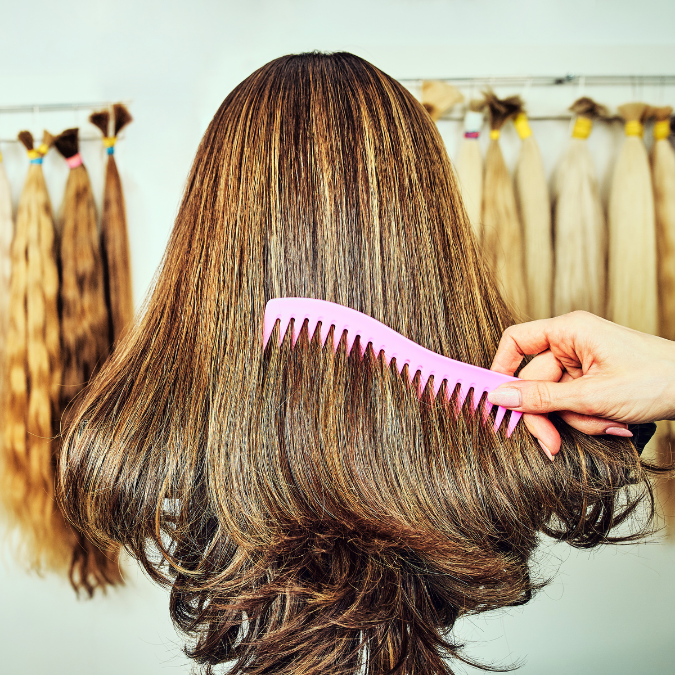Considerations for Buying Your First Wig
If this is your first time buying a wig, you might feel overwhelmed by the terminology or unsure where to begin. This guide will walk you through some key considerations to help you make the best choice.
When should I book my appointment for?”
If you expect to experience hair loss due to medical treatment like chemotherapy, we recommend booking your wig appointment as soon as possible, ideally before starting treatment. While we understand this isn’t always feasible, coming in early allows us to assess your natural hair and find the closest match, if that’s what you prefer. It also gives you time to explore options, order if necessary, and have your wig ready when you need it. This can help reduce stress and give you peace of mind.
However, if you can’t visit us before your treatment or before your hair starts to fall out, that’s no problem. We simply ask that you bring some photos of your hair beforehand, so we can find options that closely resemble your original look.
Skip to a Section

1. Wig Colour, Length & Style
First, think about the look you want to achieve. Are you aiming to replicate your natural style, or are you open to trying something new? Consider your preferred length, colour, and how you usually wear your hair.
- Short Hair: If you typically wear your hair short, a synthetic wig could be ideal. These wigs are low maintenance and often have less density than human hair wigs, making them easier to manage.
- Hair Off Your Face: If you like to wear your hair pulled back, consider a lace front wig. This type of wig offers a natural-looking hairline. For more details on cap constructions, check out our Cap Construction Guide.
- Customisation: We can cut and restyle your wig in-store to perfectly suit your needs.
2. Hair Density
How Thick or Thin Is Your Natural Hair?
When aiming to mimic your natural hair, density is a crucial factor. For example, if you have naturally fine hair, choosing a wig with a thicker density may feel uncomfortable and look less natural.
- Fine Hair: Finer wigs typically cost more because they involve intricate processes like monofilament, lace, and hand-tying to achieve a natural look.
- Full Density: Human Hair will usually provide a much fuller hair style.

3. Extent of Your Hair Loss
Are you sure you need a full wig? Some people opt for a wig when a topper or toupee might be a better solution.
- Partial Hair Loss: If you’re experiencing thinning or hair loss along your hairline or crown, a topper or toupee could be ideal. These pieces clip to your natural hair or stick to your scalp, blending seamlessly while concealing areas of concern. Toppers and toupees are popular for some types of alopecia, natural hair thinning, and during cold cap treatment.
- Full Hair Loss: Wigs are best suited for significant or total hair loss as they provide full coverage.
4. Head Size, Getting the Right Fit
Wigs come in various sizes: petite, average, and large. For the best fit and maximum comfort, it’s important to measure your head correctly.
Here’s how to measure the circumference of your head:
- Place a soft tape measure along your hairline, starting at the centre of your forehead.
- Continue along your hairline just above your ear, around the back of your head where your neck bends.
- Bring the tape up the other side of your head, above your ear, and back to the starting point.
Sizing Tips: The average head size is 54-56cm. Most wigs are designed to fit within this range. If your measurement is less than 53cm or more than 56cm, you might need a petite or large wig. (Note: Wigs can be resized by up to 2cm. Contact us for resizing services.)

5. Synthetic Hair or Human Hair Wig
Choosing the right hair type is a big decision with several factors to consider.
Many people believe that human hair wigs are superior because they look and feel more like natural hair. However, synthetic wigs can look just as natural, require less maintenance, and are more affordable. They’re particularly popular among those experiencing temporary hair loss due to chemotherapy.
There are four main hair types to choose from:
- Synthetic Hair: Made from man-made fibres, cannot be heat-styled, low maintenance.
- Heat-Resistant Synthetic Hair: Man-made fibres that can withstand heat, allowing for blow-drying, straightening, and curling.
- Mixed Fibre Hair: A blend of human hair and heat-resistant synthetic hair, offering the softness and natural feel of human hair with the convenience of synthetic.
- Human Hair: Real hair that feels soft and natural but requires regular care and maintenance.
For more information, check out our Wig Hair Types Explained.
6. Maintenance & Styling
Synthetic wigs usually come ready to wear and require minimal maintenance. After washing, simply allow them to air dry on a wig stand, and they’ll return to their original style without the need for further styling. If you prefer a low-maintenance option, a synthetic wig is your best bet.
If you enjoy changing your hairstyle frequently, consider a human hair wig, a heat-resistant synthetic wig, or a mixed fibre wig. These wigs require different levels of maintenance, from high commitment for human hair wigs to moderate upkeep for heat-resistant synthetic wigs.
Medical Considerations; if you’re dealing with hair loss due to medical reasons, think about which hair type will be easiest to manage during treatment.
See our Wig Hair Types Explanation for a more in-depth look at wig hair types.

7. Cost Considerations
Wig prices vary depending on the features of the wig such as the hair type, the cap construction and the length.
For example, you may have a pixie length human hair wig, with a basic cap construction costing a similar price to a long, heat resistant synthetic hair wig with a monofilament, lace front cap.
There are wig grants and allowances available through the medical card, PRSI and private insurance, find out more here on our financial allowances page.
